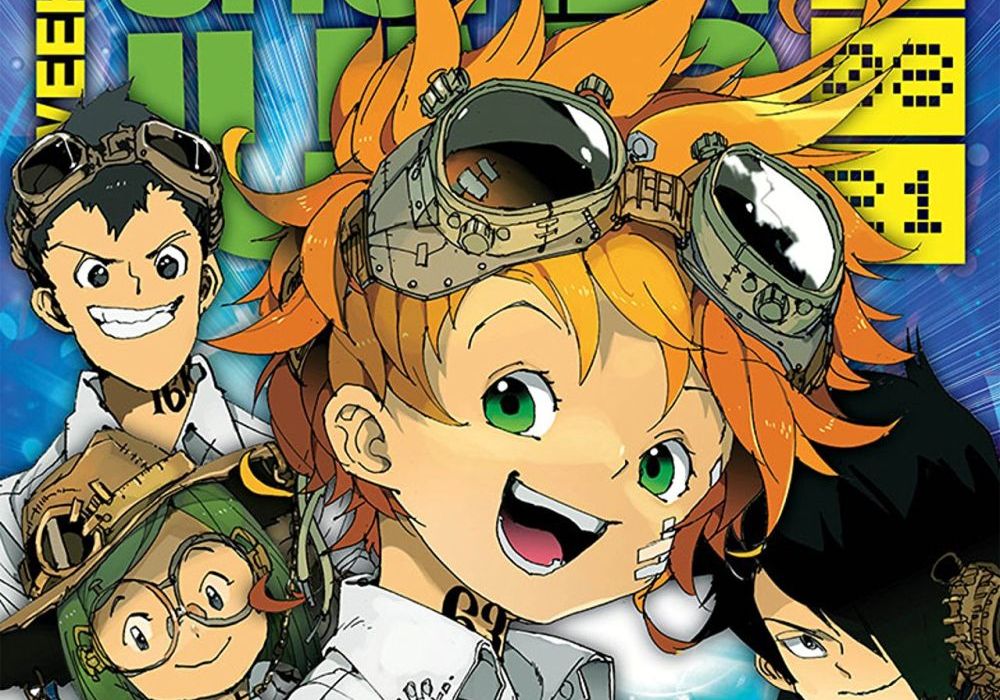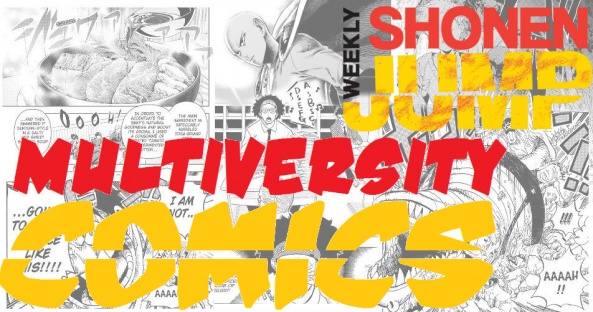
Welcome to This Week in Shonen Jump, in which a rotating duo of Multiversity staffers take a look at two stories contained in each installment of Viz Media’s Weekly Shonen Jump. For the uninitiated, Weekly Shonen Jump is an anthology that delivers more than 200 pages of manga of all varieties. We hope that you’ll join us in exploring the world of Weekly Shonen Jump each week. If you are unfamiliar, you can read sample chapters and subscribe at Viz.com.
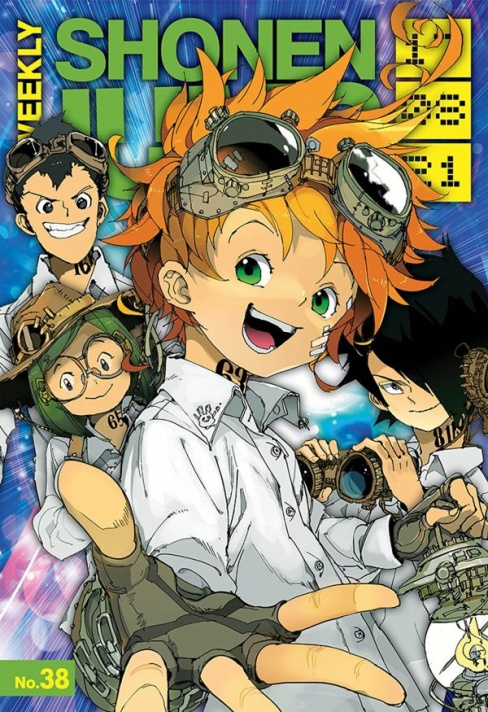
This week, Matt and Rowan check in with “Food Wars” and “Boruto.” If you have any thoughts on these titles, or “One Piece,” “Hunter x Hunter,” “Robot x Laserbeam,” “Yu-Gi-Oh,” “My Hero Academia,” “Black Clover,” “Dr. Stone,” “The Promised Neverland,” or “We Never Learn,” let us know in the comments!
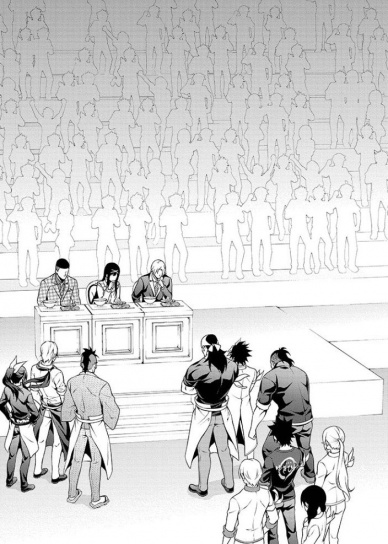
Food Wars Chapter 227
Written by Yuto Tsukuda
Illustrated by Shun Saeki
Contributor Yuki Morisaki
Reviewed by Matt Lune
It’d be interesting to see if a person’s love of food would increase their love of reading “Food Wars.” It’s clearly no secret that this book is built around – and driven by – the inventive and exotic dishes served up by the characters, and the way these dishes are described and drawn no doubt appeals to many, no matter how much time they spend in the kitchen. Chapters like this though, that push the amount of highly technical food talk to the limit, surely alienate the casual fan more than appeal.
It’s the second round of the Team Shokugeki competition, and our characters – labelled The Resistance – are facing off against the Council of Ten, and as the heroes stormed through the first round and surprised everyone opposing them, you’d expect the opposite to be true of this round in order to provide a little drama. Sure enough, the round starts off pretty well, with all the judges responding extremely well to the dishes on offer (more on that in a moment), however they’re absolutely blown away by the Council’s food and the round seems all but decided against our heroes by chapter’s end.
Almost every chapter of “Food Wars” – all 227 of them up to this point – contain a significant amount of chat about the dishes that the characters make. If you didn’t already guess by the title, that’s sort of its whole deal. Here though, perhaps on par with any of the heavier chapters that have come before, almost all of the page count is filled with complex exposition about the nature of the ingredients in use, the cultural and geographical influences on the composition of the dishes, and – in intricate detail – just why these courses are as impressive/unbelieveable as they are.
All of which brings us back to the question about whether chapters like this would appeal more to food connoisseurs than your average fan. The joy of “Food Wars” is in its ability to derive high stakes drama and devoted passion from a plot centered around chefs going from one cooking competition to the next. When it goes to a depth of knowledge on an almost pornagraphic level as this, however, its appeal narrows somewhat. As such, the increasingly large word balloons just plod along without any meaningful significance to those readers who don’t know what the hell they’re on about.
The artwork, as always, does a spectacular job of making the food look extremely appealing. Again, food is the backbone of this series, and especially in a dish-heavy chapter as this, the courses need to look like they deserve the passion and praise heaped on them by the cast. The quality of the food-centric art also needs to stand up under the pressure of characters that, upon tasting the dishes, explode in ecstasy, their clothes tearing off them as exaggerated, impossible waves of pleasure crash over them. Regular readers will be used to this by now, as it’s a common, exploitative way of adding a little titillating imagery into a book about food. It’s never not jarring though, and to go from pages of laborious conversation regarding the influence of French cuisine on a sweet and sour pork dish, to a full page spread of naked characters barely covered by their ripped clothes, it’s enough to give you whiplash. Throw in the fact that there’s very little actual character development and you have a real mixed bag of a chapter.
Continued belowFinal Verdict: 6.0 – A chapter filled with more than the usual amount of foodie exposition and gratuitous nudity all make for a strange read.
[divder]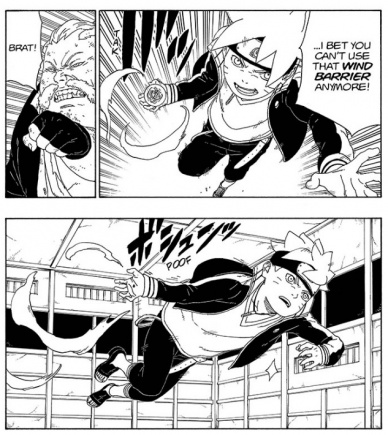
Boruto: Naruto Next Generations Chapter 15
Written by Ukyo Kodachi
Illustrated by Mikio Ikemoto
Reviewed by Rowan Grover
In “Boruto” 15, Kodachi sets up some killer intrigue that powers you through the story to find out more. Boruto has just settled up a scrap saving fellow ruffian Tento from a mob boss. It’s a fairly trivial fight, one that exasperates Boruto but never feels like it has any real weight like the first arc. Luckily, the fight mainly focus on Boruto’s palm mark, the fear it inspires in those who know about it, and deepening the mystery of what it’s about. I’m a sucker for leading stories that like to drip feed me information so I can scrabble together a theory, and Kodachi is doing that in spades. I love how casually Orochimaru is also name dropped as Mitsuki’s ‘parent’ and what that might mean for the series. As cool as this is, and as big of a fan as I was of Orochimaru, I’d hate to see “Boruto” repeating the cycle “Naruto” set up and reusing villains.
What I do appreciate is how well balanced the whole cast is. Although this is a comic that centres on Boruto the character, we’re still dealing with a lot of legacy characters from the original series that need fleshing out just as much as he does to feel meaningful. Luckily, everyone gets an equal spread of attention. I love Boruto and Tento’s chemistry together, as the camaraderie they share now feels genuinely earned after chapters of scrapping and brawling. I also love when Mitsuki and his clan show up, as they feel like peers to Boruto and just as complex in their own way. But what really steals the show is Sasuke’s interrogation scene at the end. This feels like a huge character arc payoff for fans of the original series, as we see how both good and bad parts of Sasuke’s upbringing have led to him becoming a powerful interrogator for the Leaf village. It’s validating that all Sasuke has to do to scare his victims is show his Rinnegan eye, as it’s economic on panel usage and is rewarding to long time readers.
Mikio Ikemoto delivers in a style that feels like a good homage to Kishimoto’s original art, but also infuses it with almost western-style elements. I say this because Ikemoto’s lines are exceptionally clean and stylish looking, and reminds me a lot, especially recently, of Andre Lima Araujo’s art on “Generation Gone”. A key component of this is the eyes – they don’t feel like anime eyes. It’s becoming less of a trait of manga characters to have huge, glistening eyeballs, but Ikemoto’s characters feel more grounded than anything else on the SJ lineup because of this simple adjustment. Paring that up with the batshit crazy ninja battles that happen in “Boruto”: e.g. the titular character sprinting with a ball of spiralling energy charging up in his hand, and you have a comic that feels downright magical.
What Ikemoto delivers on well that you don’t see in a lot of western comics is collateral damage to the environment. When Boruto and Tento smash the mob boss Shojoji through the wall, the shape of the collision stays evident throughout the chapter, and debris is strewn throughout the battlefield that wasn’t there before. Then there’s little additions that indicate we’re nearing the end of the fight – the floor is strewn with cracks, characters will be worn and physically be holding themselves with exhaustion bearing down on them. Shojoji bears countless scratches and burrs from his tussle with Boruto while Boruto bears very few – a good indicator of how the fight is going for first-time readers, and something that gives a solid sense of continuity to older readers. It’s a great trope that needs to happen more in popular comics, as it lends a sense of realism that feels better than being grim and gritty in tone.
“Boruto” continues to surprise me in how naturally it feels like a sequel to “Naruto”. Nothing feels forced, and the conflicts are fresh and interesting, save for the Orochimaru reveal. This is a great example of how to properly put a spin on a long-time franchise, and fans of the original need to jump back on the hype train.
Final Verdict: 8.6 – “Boruto” already feels just as high quality as the best parts of the original series, with fresh ideas and entertaining artwork.
